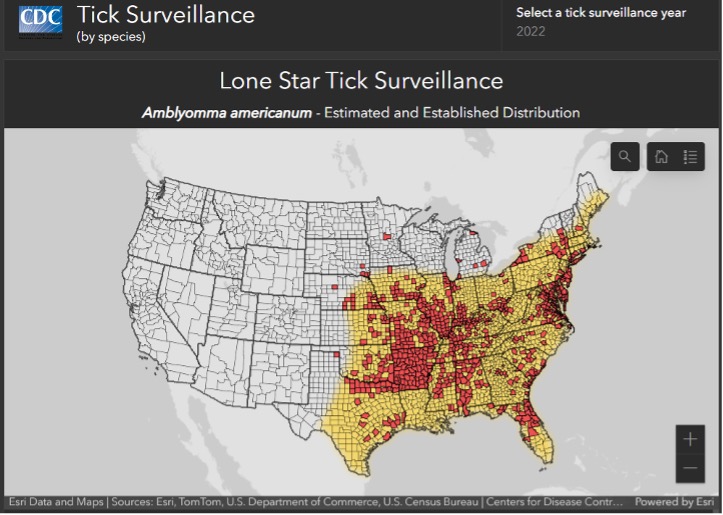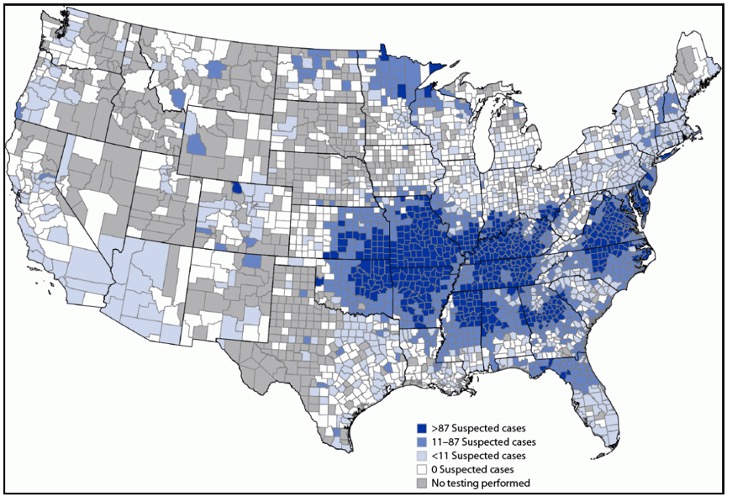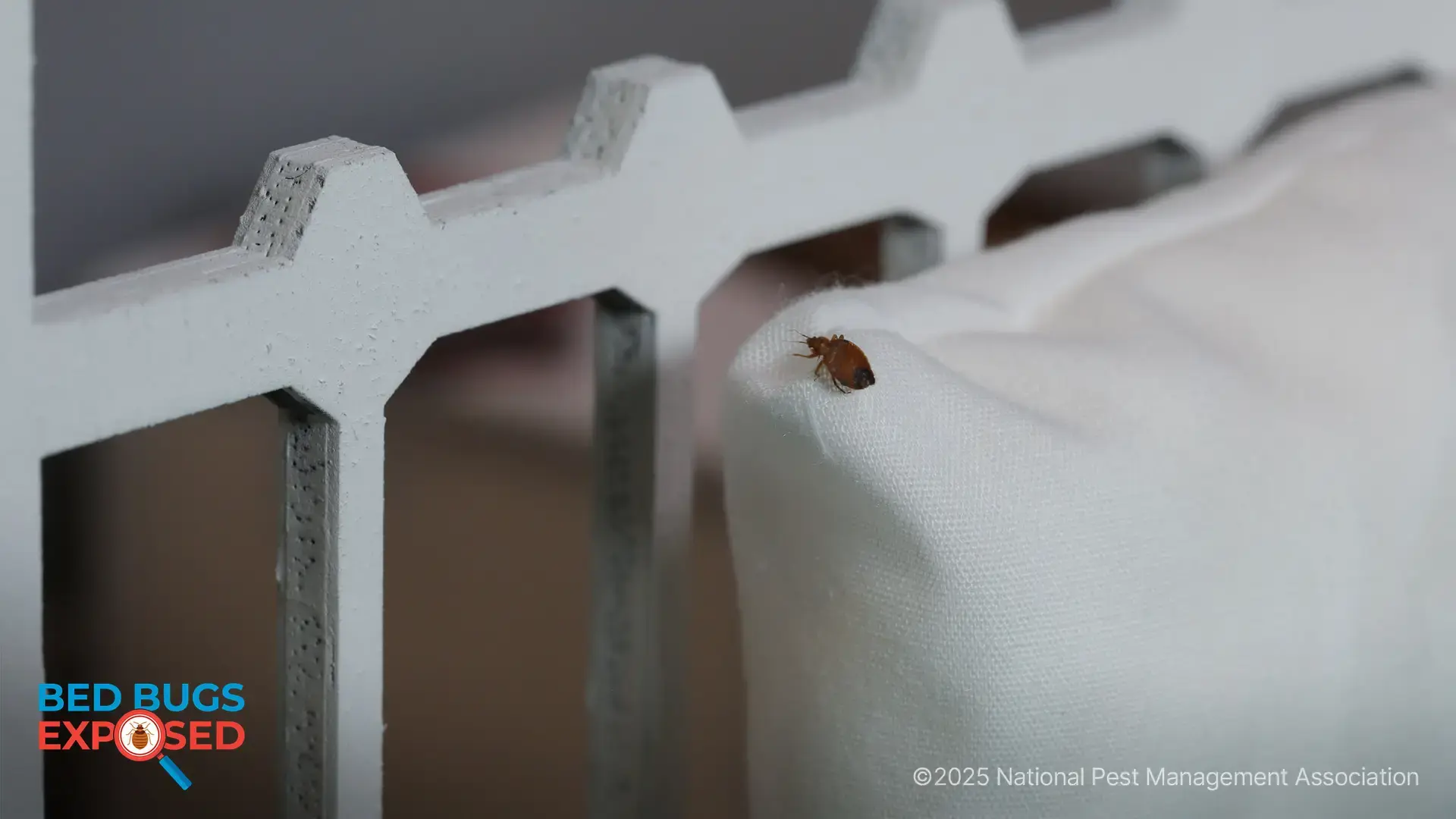Tick-Borne Meat Allergies Are on The Rise: Here’s What You Should Know
By Jorge P Parada, MD, MPH
Increased reports of a tick-related meat allergy have been getting a lot of attention lately, and as cases continue to increase, it’s important to understand this condition as well as the measures you can take to prevent tick bites.
What is Alpha-Gal Syndrome?
Officially known as alpha-gal syndrome, this adverse reaction to the consumption of red meat is an allergy to galactose-alpha-1,3-galactose – or simply “alpha-gal” for short. Alpha-gal is a sugar produced by all sorts of non-primate mammals and can be found in many types of meat, such as pork, beef, rabbit, and lamb as well as animal products like milk and gelatin.
The link between tick bites and red meat allergies evolved as physicians began to notice that many of the patients with alpha-gal allergy were outdoorsy types who spent time hiking. Another hint came from mapping newfound cases of the meat allergy and the recognition that the red meat allergies had a geographic distribution similar to the tick-borne infection Rocky Mountain Spotted Fever.
Currently, the lone star tick, a notable vector for the alpha-gal syndrome, is believed to be the primary tick responsible for initiating red meat allergies in the United States. Like many insects, the lone star tick has expanded its range well beyond the southeast, with documented cases of alpha-gal meat allergies reported much further in areas including New York, Maine, and Minnesota. However, other tick species in North America have not been ruled out as the causative agent for the alpha-gal meat allergy.
People can live with alpha-gal by adjusting their lifestyle, but that’s only if they know they have it. Getting a proper diagnosis can be difficult because many doctors aren’t aware of the syndrome.
Alpha-gal syndrome symptoms often appear two to six hours after eating alpha-gal-containing food and include itching, hives, swollen lips, eyes, tongue and throat, breathing problems, vomiting, diarrhea, increased heart rate and low blood pressure. If severe, the reaction can sometimes be life-threatening.
To avoid tick bites, experts recommend using insect repellant and wearing long-sleeved clothes when spending time outdoors, especially in wooded areas. If you suspect a lone star tick problem on your property, contact a qualified pest control professional.

CDC map shows the geographic distribution of suspected alpha-gal syndrome cases per 1 million population per year from 2017 to 2022


Learn About Rodents
Rodents invade millions of homes each winter. Learn more about them!

NPMA's Bug Barometer Forecast
The latest Bug Barometer® forecast from the National Pest Management Association reveals what homeowners across America can expect from pest activity this fall and winter.

NPMA's Bed Bugs Exposed Project
Check out NPMA's Bed Bugs Exposed project to learn more about this hitchhiking pest and how to prevent an infestation at home.
Find a PEST PRO in your area

Learn About Rodents
Rodents invade millions of homes each winter. Learn more about them!

NPMA's Bug Barometer Forecast
The latest Bug Barometer® forecast from the National Pest Management Association reveals what homeowners across America can expect from pest activity this fall and winter.

NPMA's Bed Bugs Exposed Project
Check out NPMA's Bed Bugs Exposed project to learn more about this hitchhiking pest and how to prevent an infestation at home.
